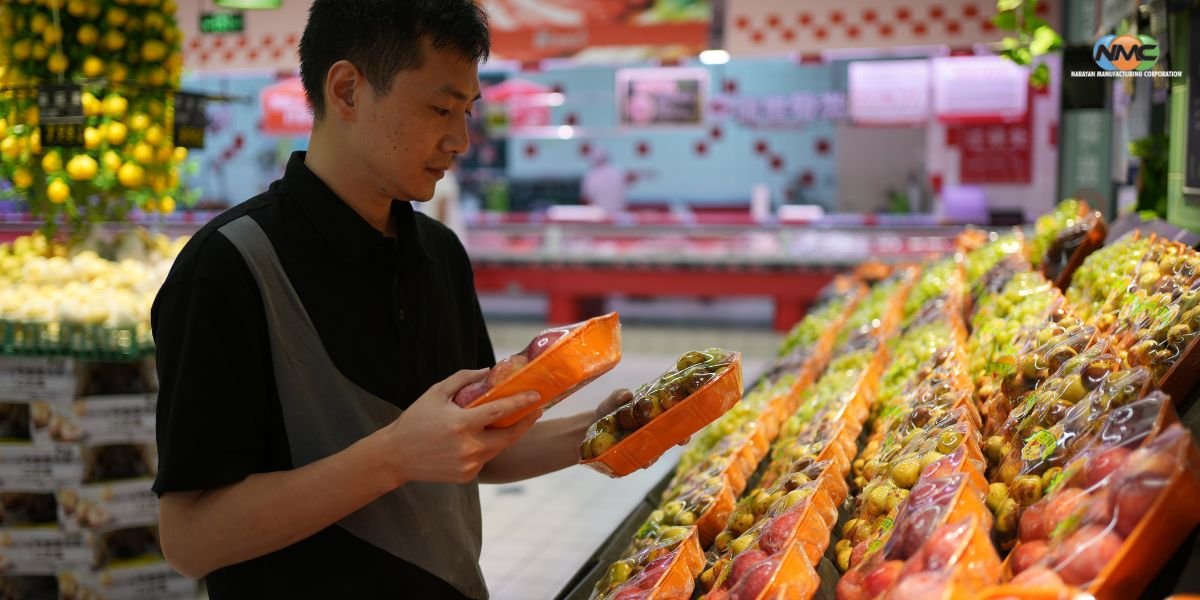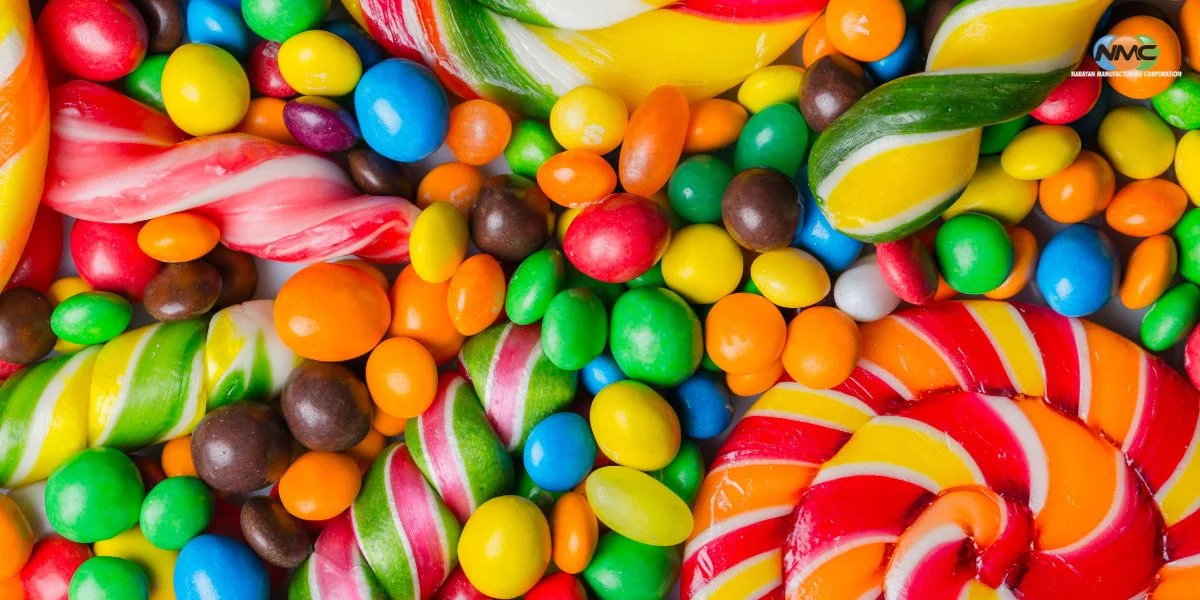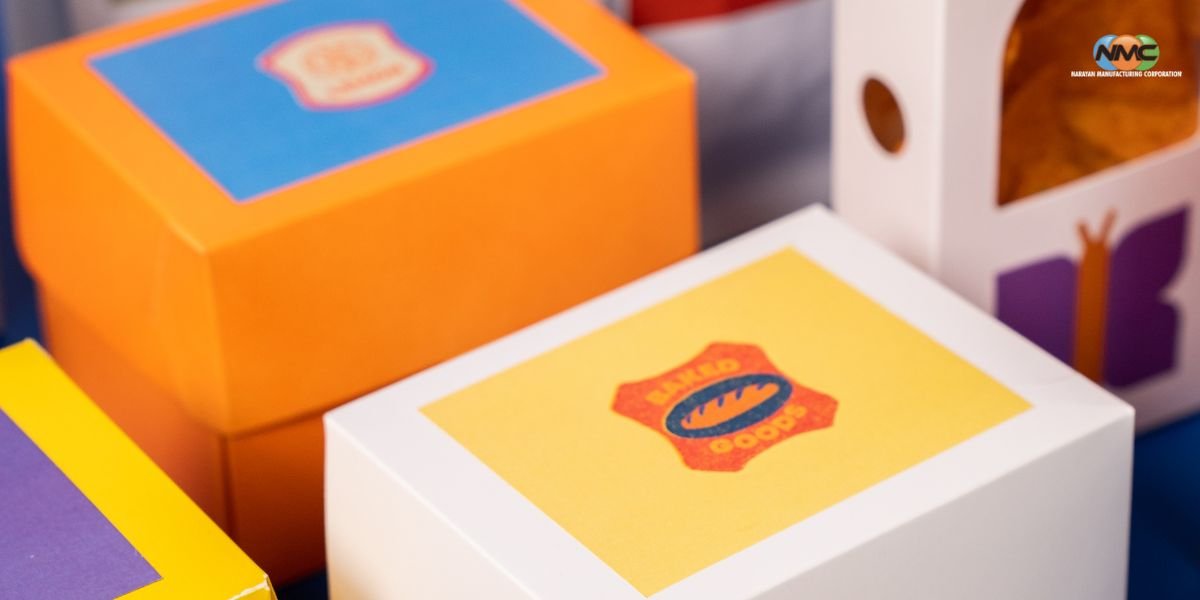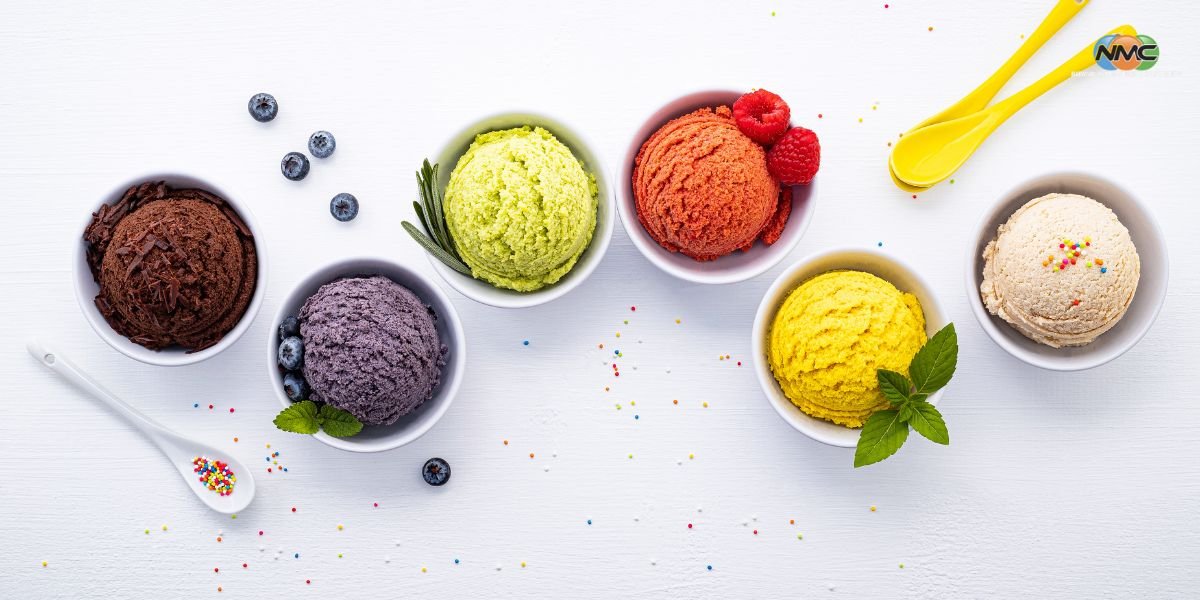In the highly competitive food industry, capturing consumer attention is crucial. One of the most effective tools in achieving this is food coloring. Whether it’s the vibrant reds of a strawberry yogurt or the rich golden hues of a cheese dip, food colors play a pivotal role in shaping consumer perception and driving purchasing decisions. But how exactly does food coloring enhance shelf appeal and influence consumer behavior?
The Psychology of Color in Food
Colors have a profound impact on our emotions and perceptions, and this is particularly true when it comes to food. Bright, appealing colors can make products seem fresher, more flavorful, and even healthier. For instance, a bright red apple is often perceived as sweeter and juicier than a dull one, while a richly colored orange juice is associated with high vitamin content and freshness.
Food manufacturers leverage this psychological response by carefully selecting colors that align with the desired consumer perception of their products. For example, green is often used to signal natural or healthy products, while red and yellow can stimulate appetite and urgency, making these colors popular in snack foods and beverages.
Creating a Visual Identity
Food coloring is not just about making products look appealing; it’s also about creating a strong visual identity that sets a brand apart on crowded shelves. Consistent use of specific colors helps build brand recognition and loyalty. For example, the signature purple of a particular chocolate brand or the iconic yellow of a famous mustard brand instantly conveys quality and familiarity, drawing consumers back time and time again.
Enhancing Product Differentiation
In a market flooded with similar products, differentiation is key. Food coloring allows manufacturers to create visually distinct products that stand out from competitors. For example, a unique shade of blue in a sports drink can catch the eye of a consumer looking for something new and exciting. Similarly, multicolored cereals or candies can appeal to children by offering a fun and visually stimulating experience.
Addressing Consumer Expectations
Consumer expectations play a significant role in how food coloring affects perception. For example, consumers expect their orange-flavored products to be orange and their mint-flavored products to be green. Meeting these expectations with appropriate food coloring ensures that the product experience aligns with what the consumer anticipates, thereby enhancing satisfaction and trust in the brand.
On the flip side, unexpected colors can create confusion or even aversion. A green-colored chocolate bar might intrigue some, but it could also deter others who associate the color with flavors like mint rather than chocolate. Therefore, food manufacturers must carefully consider the color choices to match or exceed consumer expectations.
The Role of Synthetic and Natural Food Colors
The choice between synthetic and natural food colors can also affect consumer perception. Synthetic colors are often more vibrant and stable, making them ideal for products that need to stand out on the shelf. However, there is a growing demand for natural food colors as consumers become more health-conscious and aware of the ingredients in their food. Brands that cater to this demand by using natural colors can enhance their appeal to a segment of consumers who prioritize clean labels and natural ingredients.
Conclusion
Food coloring is a powerful tool in the food industry, significantly impacting consumer perception and purchasing behavior. By understanding the psychology of color, creating a strong visual identity, differentiating products, and meeting consumer expectations, food manufacturers can enhance the shelf appeal of their products. Whether through the use of synthetic or natural colors, the right choice of food coloring can make all the difference in turning a potential purchase into a loyal customer.
















